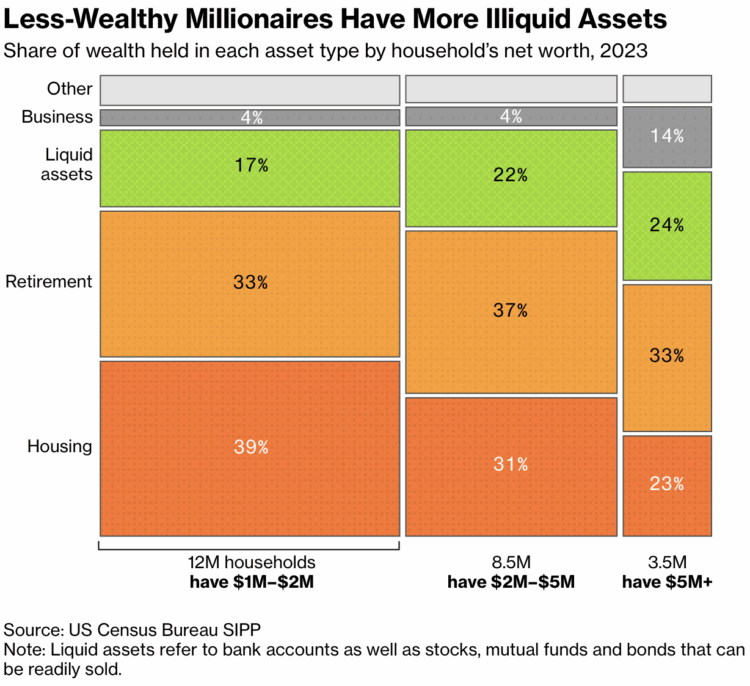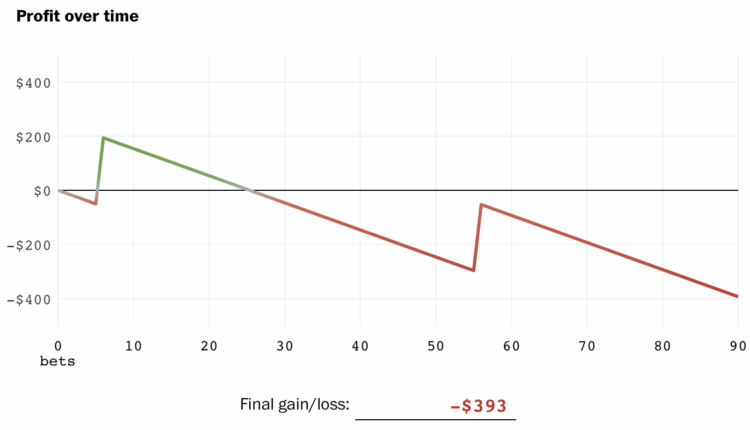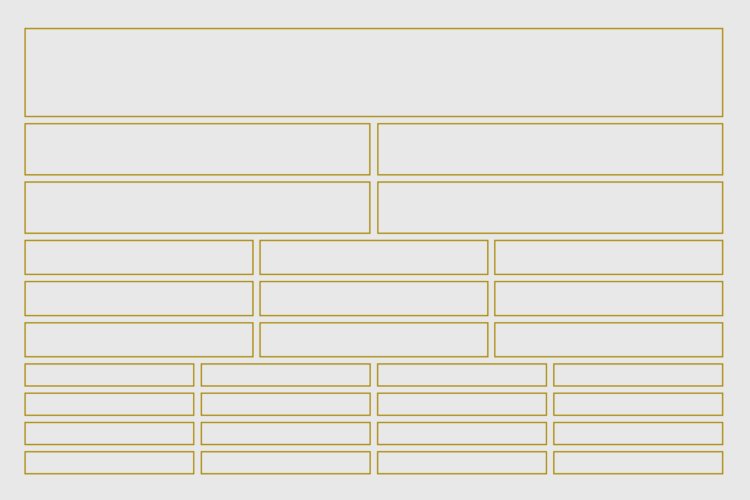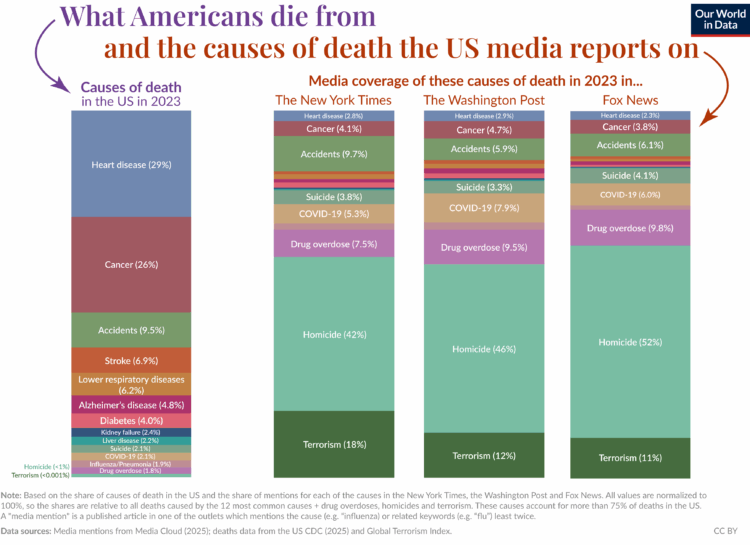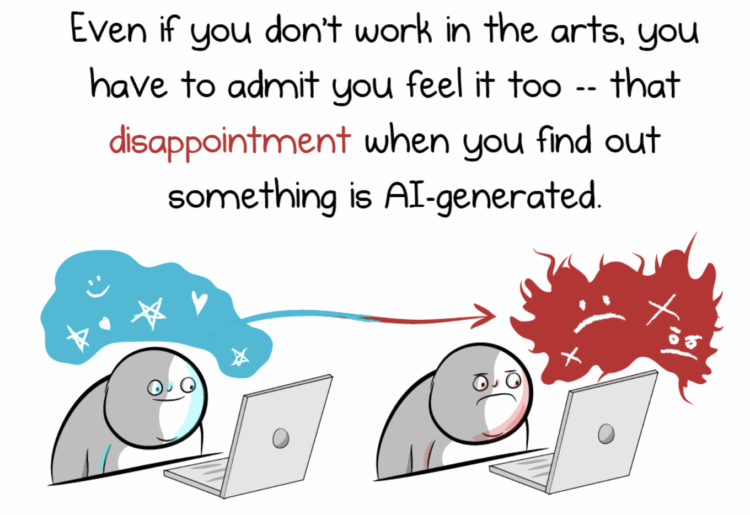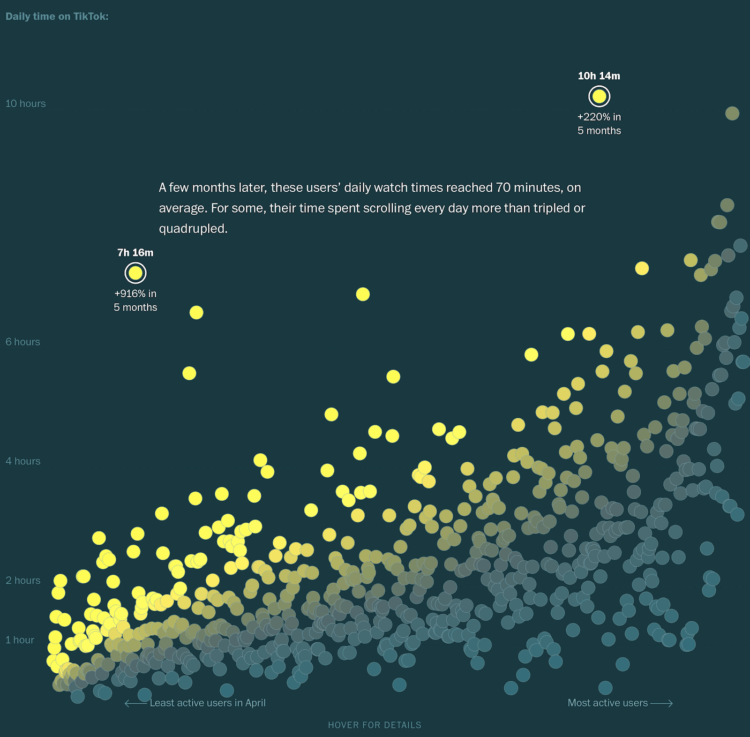Everyone loves reading about millionaires who don’t have enough liquidity to buy things, but the seven-figure status is not what it once was. For Bloomberg, Andre Tartar, Ben Steverman, and Stephanie Davidson show the increasing number of millionaire households who have most of their net worth tied up in housing and retirement accounts.
The mosaic plot above breaks down assets by millionaire income groups. About half of households fall within the $1M to $2M range and only 17% of their net worth counts as liquid assets (in green). The liquid share increases with net worth.
Cue the violins.

